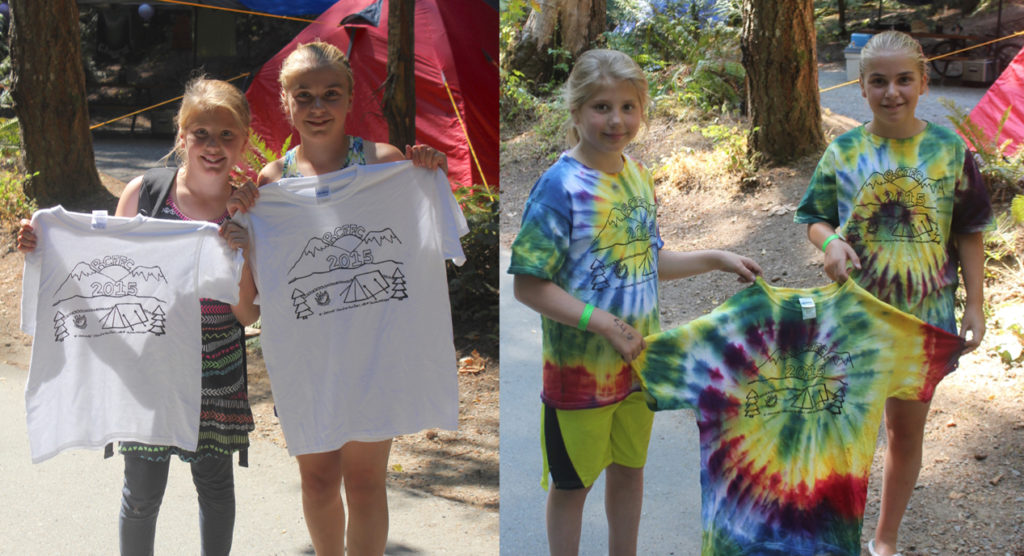What To Know
- If using natural dyes, pre-treat the fabric with a mordant (like alum or vinegar) to help the dye adhere better.
- Submerge the fabric in the dye bath and stir continuously for even color distribution.
Dyeing clothes is a creative and cost-effective way to refresh old garments, customize fabrics, or create unique fashion statements. Whether you want to revive faded clothing, experiment with colors, or follow the latest tie-dye trends, this guide will walk you through the entire process of dyeing clothes at home.
Why Dye Your Clothes?
There are many reasons why people choose to dye their clothes:
- Reviving old clothing: Over time, clothes fade, and dyeing can bring them back to life.
- Customization: Create one-of-a-kind pieces tailored to your style.
- Eco-friendly choice: Instead of throwing away old clothes, dyeing gives them a second life.
- Cost-effective: Instead of buying new clothes, dyeing can transform existing ones at a lower cost.
Types of Fabric Dyes
Before starting, it’s essential to choose the right dye for your fabric:
- Natural Dyes: Derived from plants, fruits, or insects, natural dyes are eco-friendly but require more preparation.
- Synthetic Dyes: Chemical-based dyes that provide vibrant colors and are easy to use.
- Fiber-Specific Dyes:
- Acid dyes: Best for protein-based fibers like wool and silk.
- Reactive dyes: Work well with cotton, linen, and rayon.
- Disperse dyes: Used for synthetic fabrics like polyester.
Materials Needed
To successfully dye your clothes at home, gather the following materials:
- Fabric dye (natural or synthetic)
- A large pot or bucket
- Salt or vinegar (to help set the dye)
- Rubber gloves
- Wooden spoon or stir stick
- Measuring cup
- Old towels or newspaper (to prevent messes)
- Washing machine (optional)
Step-by-Step Guide to Dyeing Clothes
1. Choose the Right Fabric
Natural fibers like cotton, linen, silk, and wool absorb dye better than synthetic fabrics like polyester. Check the clothing label to ensure it will take the dye well.
2. Prepare the Fabric
- Wash the fabric to remove dirt, oils, or finishes that might prevent even dye absorption.
- If using natural dyes, pre-treat the fabric with a mordant (like alum or vinegar) to help the dye adhere better.
3. Prepare the Dye Bath
- Fill a large pot or bucket with enough water to submerge the fabric completely.
- Heat the water if necessary (some dyes require boiling water, while others work in warm water).
- Dissolve the dye in the water, following the manufacturer’s instructions.
- Add salt (for cotton and linen) or vinegar (for silk and wool) to help set the dye.
4. Dye the Fabric
- Submerge the fabric in the dye bath and stir continuously for even color distribution.
- Soak the fabric for 10 minutes to an hour, depending on how deep you want the color.
- Stir frequently to avoid uneven spots.
5. Rinse and Set the Dye
- Remove the fabric from the dye bath and rinse under cold water until the water runs clear.
- Wash the fabric separately in cold water with mild detergent.
- Hang to dry in the shade to prevent fading.
Tips for Achieving the Best Results
- Test first: Before dyeing an entire garment, test a small fabric swatch.
- Stir constantly: This prevents blotchy or uneven coloring.
- Use high-quality dye: Some dyes are more vibrant and last longer than others.
- Double the dye for deeper colors: If you want a richer hue, use more dye or extend the soaking time.
- Fix the dye properly: Use a dye fixative or vinegar/salt to make the color last longer.
Popular Dyeing Techniques
Dyeing clothes isn’t just about solid colors. Here are some fun techniques to try:
1. Tie-Dye
Create unique patterns by tying sections of fabric with rubber bands before submerging in dye.
2. Ombre Dyeing
Dip fabric gradually into the dye bath to create a gradient effect.
3. Ice Dyeing
Place ice on the fabric and sprinkle powdered dye over it. As the ice melts, it creates a watercolor effect.
4. Shibori (Japanese Technique)
Fold, twist, or bind fabric in different ways before dyeing to create intricate patterns.
Caring for Dyed Clothes
To maintain the vibrancy of dyed garments:
- Wash in cold water with a gentle detergent.
- Avoid direct sunlight when drying to prevent fading.
- Wash separately to avoid color transfer.
Conclusion
Dyeing clothes is a fantastic way to refresh your wardrobe, express creativity, and embrace sustainability. With the right materials and techniques, you can achieve professional-quality results at home. So grab some old clothes, pick your favorite colors, and start experimenting today!






